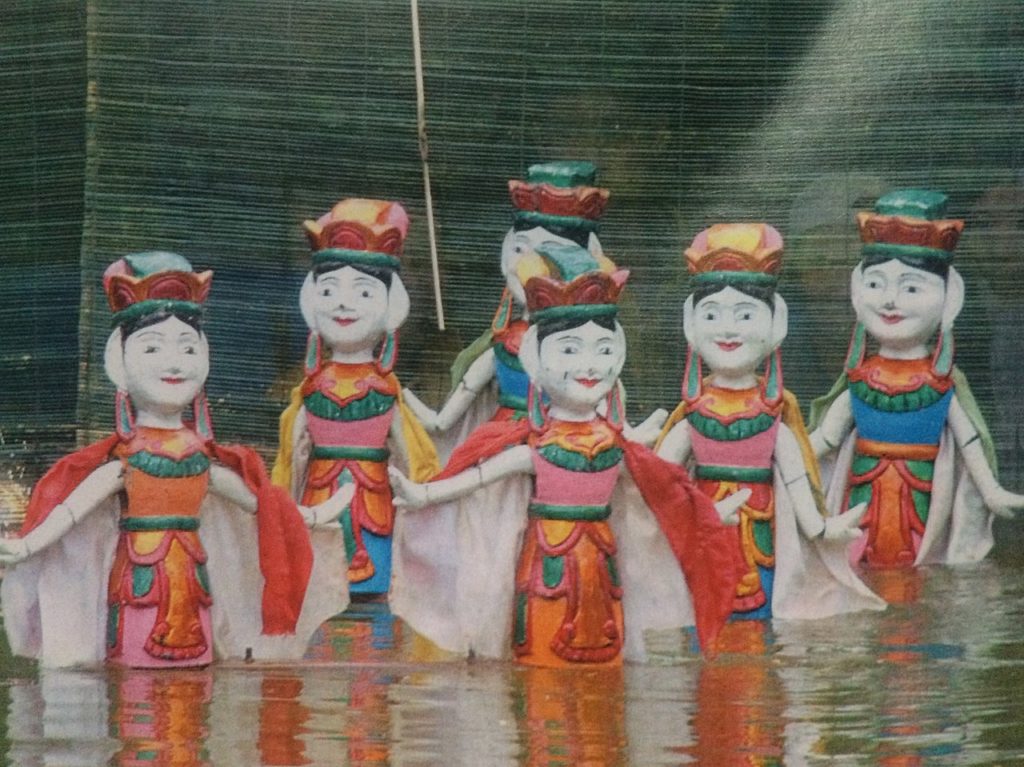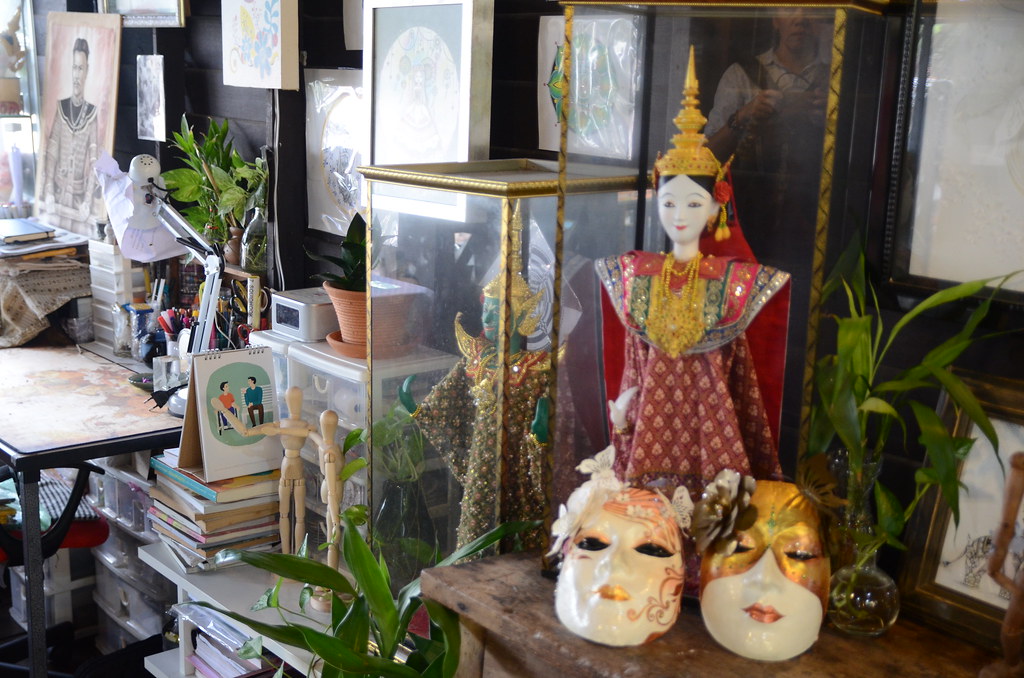1. Wayang kulit
Southeast Asia is home to a rich heritage of shadow puppetry, but one of the most mesmerising is wayang kulit, an art form from Indonesia’s Java island.
These intricately carved puppets, crafted out of buffalo or goat hide, range anywhere from 25 to 75 centimetres tall and are mounted on bamboo sticks, their hinged limbs attached to sticks, enabling their movement.
 The various puppets are controlled by a dalang, the master puppeteer who also functions as the storyteller, and voices the myriad characters in the show.
The various puppets are controlled by a dalang, the master puppeteer who also functions as the storyteller, and voices the myriad characters in the show.
The highly entertaining performances, accompanied by lively gamelan music, take shape as the puppets appear behind a thin white cotton screen, illuminated by the backlight of oil lamps, or in modern times, lightbulbs.
Most stories are drawn from the ancient Indian epics, Ramayana and Mahabharata, as well as the Panji tales, a cycle of stories about a legendary Javanese prince.
2. Mua roi nuoc
This Vietnamese form of water puppetry dates back to the 11th century, when farmers in the Red River Delta would entertain village folk with puppet shows using flooded paddy fields as the stage.
The ornate, lacquer-painted wooden figurines, which include characters of farmers, fishermen and dragons, weigh up to 15 kilogrammes and stand anywhere between 30 and 100 centimetres tall.
 Manoeuvring the dolls is no easy task – puppeteers in waist-deep water stand behind split bamboo screens and use long bamboo poles and strings to manipulate the movement of the puppets.
Manoeuvring the dolls is no easy task – puppeteers in waist-deep water stand behind split bamboo screens and use long bamboo poles and strings to manipulate the movement of the puppets.
These performances depicting Vietnamese life and folklore are accompanied by a live traditional Vietnamese orchestra that sets the tone for the story.
In many parts of the country, shows are still performed in open-air spaces, but in big cities like the capital Hanoi or Ho Chi Minh City, a majority of the performances are staged in auditoriums where dramatic lighting adds to the experience.
3. Yoke thé
The deeply engaging Myanmarese puppet mastery of yoke the or “little people” is believed to have originated during the Konbaung dynasty (1752-1885).
Standing between 45 and 70 centimetres tall, these marionettes – a big part of the country’s artistic heritage – are usually carved from a light wood like white teak or potka siris (Albizia lucidior).
 Each puppet has 14 to 19 strings attached to its head, feet and other joints, making it strikingly realistic, with movements that imitate the graceful Burmese classical dance-drama, zat pew.
Each puppet has 14 to 19 strings attached to its head, feet and other joints, making it strikingly realistic, with movements that imitate the graceful Burmese classical dance-drama, zat pew.
A team of seven master puppeteers bring the dolls to life, sometimes lending their voices to the characters in the form of speech and singing, all while expertly stringing them.
Most performances are based on the Buddhist Jataka tales and the Ramayana, although historically, these puppets were also used as a medium of communicating with royals or as a way of educating the common folk about religion and culture.
4. Hun lakhon lek
One of Thailand’s most well-known forms of puppetry is hun lakhon lek, a style created by master puppeteer Kru Krae Suppawanich in 1901, during the reign of King Rama IV.
Suppawanich modelled his puppets after the more intricate wooden hun luang marionettes that had been specially crafted in the mid-19th century to entertain Siamese royalty.
 These new, simplified puppets feature clay heads with intricately-painted faces, cotton-filled arms and hand-carved wooden lower limbs, and have fewer strings attached.
These new, simplified puppets feature clay heads with intricately-painted faces, cotton-filled arms and hand-carved wooden lower limbs, and have fewer strings attached.
Three performers – all of whom have to be well-versed in the traditional Thai dance of khon – synchronise their movements to bring these puppets to life.
Using a combination of rods and strings, performers control the graceful movements of the puppets to depict tales of Ramakien – the Thai version of Ramayana – and Sang Tong, a Thai folktale.
According to airasia.com













